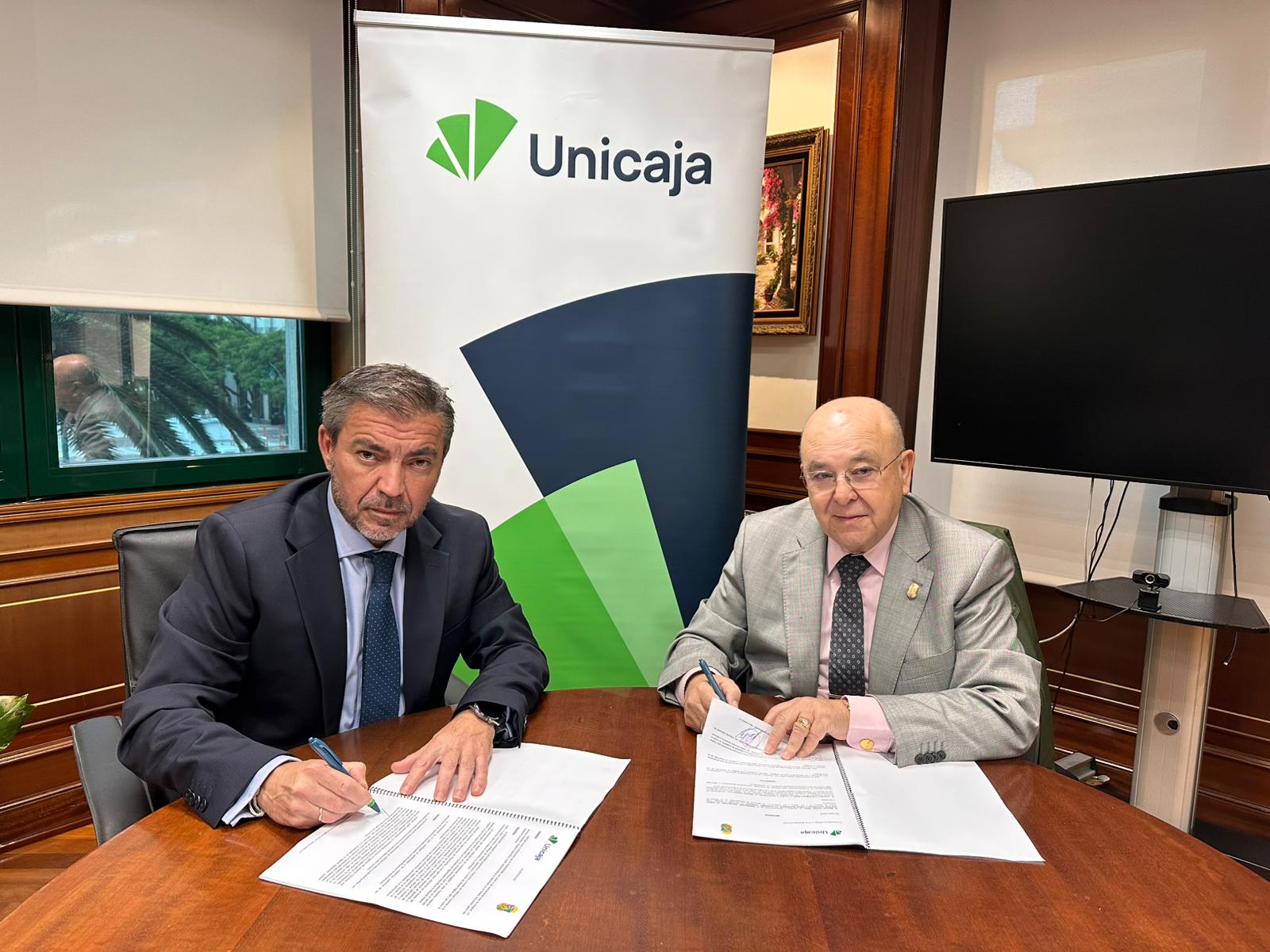Unicaja Banco has published the second issue of the report ‘Previsiones Económicas de Asturias’ (Economic Forecasts for Asturias), published every six months and prepared by Analistas Económicos de Andalucía, research company of Grupo Unicaja Banco. As indicated in the document, the estimations point to a regional Gross Domestic Product (GDP) growth of 3.9% in 2022, whereas employment could grow by 0.2%, with an estimated unemployment rate of 11.4% in the year average.
For 2023, the forecasts suggest that the Asturias GDP could grow by 1.0%. With regard to employment, an increase of 0.2% is expected, with the unemployment rate standing at 11.5% in the year average.
This report is divided into three sections: 1) Economic environment; 2) Recent evolution of the Asturias economy; and 3) Economic outlook for Asturias 2022-2023. The first section describes the international and national backdrop. The second section analyses the situation of the Asturias economy, with special focus on the evolution of the main indicators, according to the region’s productive structure. Finally, the third section includes forecasts on the evolution of the GDP and employment in the region for 2022 and 2023.
Global and national economic environment
Continuing the trend that began in the second half of 2021, during the last quarter there has been a remarkable loss of momentum in activity on a global scale, as a result of a series of adverse factors that interact with each other, among which, undoubtedly, the increase in prices, which has exceeded the worst expectations, stands out for its importance. In response to the strong inflationary pressures, more persistent and higher than expected, the main Central Banks, in their attempt to anchor inflation expectations to their medium-term objectives, have maintained or intensified the tightening of monetary policy, deploying the full range of available instruments.
According to the latest forecasts published by the International Monetary Fund (IMF), the world economy is expected to register an increase in output of 3.2% in 2022. In 2023, the GDP growth rate is expected to moderate to 2.7%.
In the specific case of the Eurozone, in the second quarter of the year, quarter-on-quarter growth of 0.8% was recorded, 0.1 percentage points (p.p.) above the previous quarter, while in September the increase in prices was around 10%. IMF forecasts point to GDP growth of 3.1% and 0.5% for 2022 and 2023, respectively. On the other hand, the increase in consumer prices is quantified at 8.3% for 2022 and 5.7% for 2023.
However, these forecasts are subject to extraordinary uncertainty, given the existence of important sources of risk that could bias them downward for activity, stoking fears of a recession, and upward for inflation.
With regard to the Spanish economy, the data from the Quarterly National Accounts of INE (National Statistics Institute), corresponding to the second quarter of 2022, show that the Spanish GDP grew by 1.5% (0.8% in the Euro zone), supported by both domestic demand and the foreign sector, after falling by 0.2% between January and March. In year-on-year terms, GDP growth stood at 6.8% (4.1% in the euro zone), with a positive contribution from domestic demand (1.9 percentage points) and especially from the foreign sector (4.9 percentage points), with an outstanding growth in services exports and, more specifically, in tourism services.
In this context, the main forecasting agencies point to growth of over 4% for 2022 as a whole. Growth for 2023 has also been revised downward to below 2% overall.
Recent evolution of Asturias economy
In the second quarter of 2022, Asturias GDP would have grown by 0.8% (1.5% in Spain), after growing by 0.2% in the first quarter, according to estimates by the Independent Authority for Fiscal Responsibility (AIReF). In year-on-year terms, growth stood at 6.1% (6.8% in Spain), although output is 1.3% lower than in the fourth quarter of 2019 (-2.2% in Spain).
On the demand side, some indicators, especially consumer spending, continue to show signs of moderation. Retail sales declined by 3.3% year-on-year through July, with car registrations also falling. On the other hand, industrial production of consumer goods is expected to have grown, although its performance was less dynamic in the second quarter. Industrial production of capital goods would point to a good performance of investment in machinery and equipment, although a slowdown is also observed as the year has progressed. With regard to residential investment, housing sales and purchases continue to show significant dynamism.
In terms of foreign demand, the value of exports of goods reached 3,155.2 million euros in the first half of 2022 (the highest in the historical series), representing an increase of 28.3% in year-on-year terms (24.8% in Spain), due in part to the rise in prices. By sector, this increase is largely due to the increase in the value of semi-manufactured exports (iron and steel, non-ferrous metals and chemical products), which account for more than half of Asturias exports and have grown by 34.0% compared to the first half of 2021.
From the supply side, activity would have continued to recover in the first half of the year in the different productive sectors, although the rate of growth would have slowed down, especially in construction and the agricultural sector, as indicated by the evolution of employment. In this line, compared to the second quarter of 2021, employment has only increased in industry and more moderately in market services.
With regard to the labor market, the latest figures published show a slower pace of employment growth, although in terms of Social Security enrollment the pre-pandemic levels have been recovered. Specifically, the number of workers would have grown by around 3% year-on-year in the first half of the year, with the rate of increase moderating since April.
According to the Labor Force Survey (EPA), employment has shown a downward trend in the first half of the year, with the number of employed persons decreasing by 5,200 in the second quarter, due to the decline in all sectors except industry. In year-on-year terms, employment fell by 1.7% (4.0% in Spain). Of note were the declines in construction and non-market services. On the other hand, employment increased mainly in industry and in commerce, transport and hotels and restaurants. The decline in the labor force has intensified; in fact, the number of unemployed persons in the second quarter was the lowest in the last 14 years, with the unemployment rate standing at 11.4% (12.5% in Spain), 2.3 percentage points lower than a year earlier.
Economic Outlook for Asturias 2022-2023
The forecasts of Analistas Económicos de Andalucía, research company of Grupo Unicaja Banco, indicate that in 2022, the regional GDP could grow by 3.9%, a rate lower than that forecast for Spain as a whole and similar to that estimated last March. In 2023, the growth rate could moderate to 1.0%, in a context of high uncertainty, in which the risk of recession has increased for the main world economies.
Likewise, it is estimated that, on average in 2022, the number of employed persons (according to EPA figures) will grow by 0.2%. The number of unemployed persons could fall by around 10%, which would bring the unemployment rate to 11.4% on average for the year (1.1 percentage points lower than in 2021). For 2023, employment is also expected to grow by 0.2%, while the reduction in unemployment is expected to slow down, with an average unemployment rate of 11.5% for the year.
Descargue aquí los gráficos asociados al informe y aquí el informe al completo.



